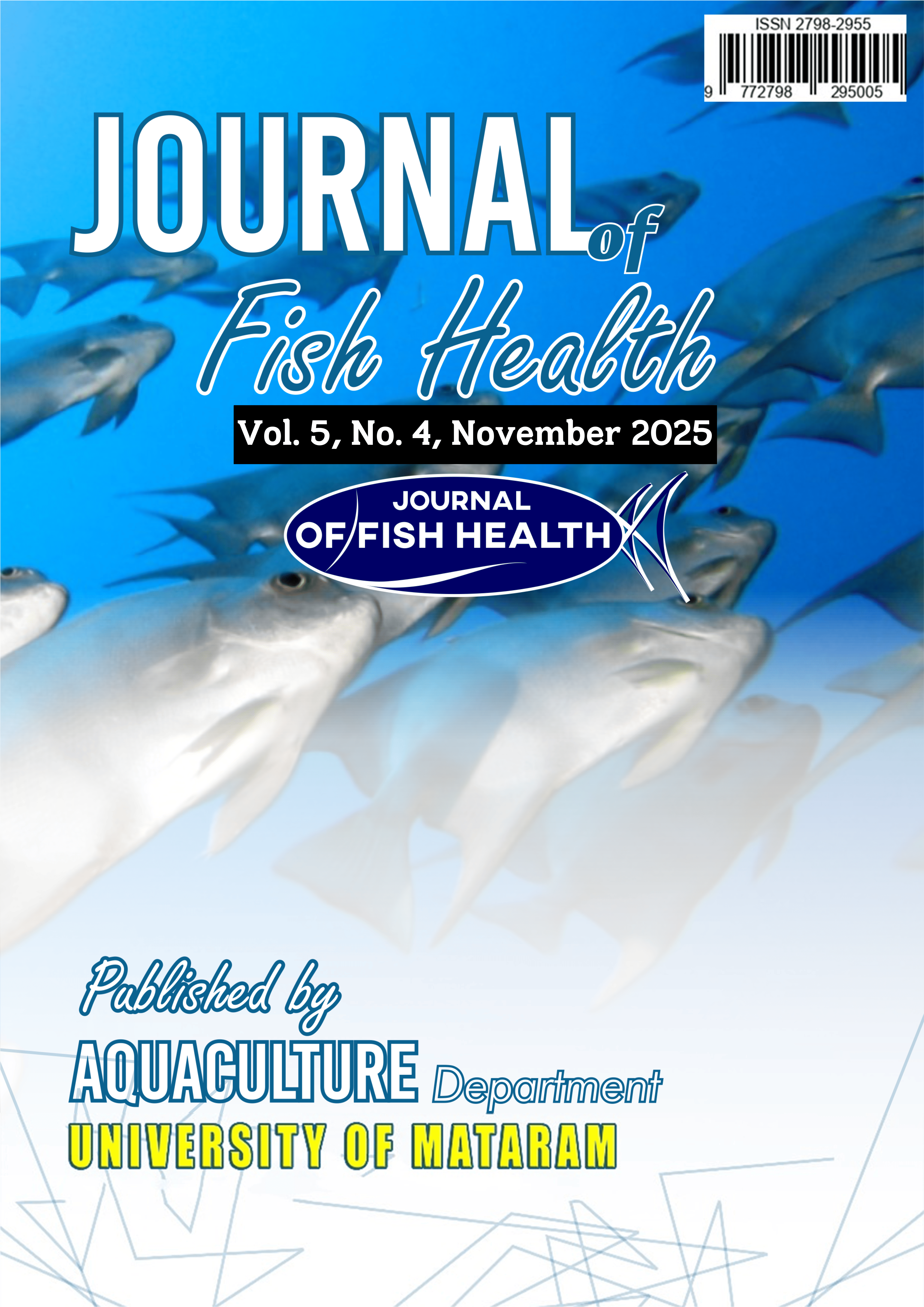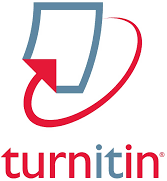Evaluation of Alginate Use as an Immunostimulant in Litopenaeus vannamei Shrimp Aquaculture (Review)
DOI:
https://doi.org/10.29303/jfh.v5i4.8402Kata Kunci:
Alginate, Aquaculture, Evaluation, Immunostimulant, Litopenaues vannameiAbstrak
The Pacific white shrimp (Litopenaeus vannamei) is one of the most important species in global aquaculture but remains highly vulnerable to bacterial, viral, and environmental stressors. Conventional reliance on antibiotics and chemicals has raised concerns over resistance and sustainability, underscoring the need for eco-friendly alternatives. Alginate, a natural polysaccharide extracted from brown seaweeds such as Sargassum, has emerged as a promising immunostimulant and functional feed additive. Experimental studies show that alginate supplementation enhances non-specific immune responses, including total haemocyte count, phenoloxidase, superoxide dismutase, phagocytic activity, and total plasma protein. At the molecular level, alginate upregulates immune-related genes (e.g., Toll, LGBP, proPO), resulting in higher resistance against Vibrio spp. and White Spot Syndrome Virus (WSSV). In addition, low molecular weight sodium alginate improves antioxidant activity and stress tolerance under cadmium exposure, while dietary supplementation supports growth performance and feed utilization. From a sustainability perspective, converting Sargassum biomass into alginate aligns with circular economy principles by transforming an abundant, underutilized seaweed into high-value aquafeed additives. This reduces dependency on antibiotics and synthetic chemicals while generating added value for coastal communities. Overall, alginate represents a multifunctional and cost-effective strategy to strengthen shrimp immunity, enhance resilience to pathogens and stressors, and promote environmentally responsible aquaculture production.
Unduhan
Diterbitkan
Terbitan
Bagian
Lisensi
1. The copyright of this journal belongs to the Editorial Board, based on the author's consent, while the moral rights of the publication belong to the author(s).
2. The formal legal aspect of journal accessibility refers to the same Creative Common Attribution + Noncommercial + ShareAlike (CC BY-NC-SA), implying that publication can be used for non-commercial purposes in its original form.
3. Every publication (printed/electronic) is open access for educational, research and library purposes. In addition to the objectives stated above, the editorial board is not responsible for copyright infringement















